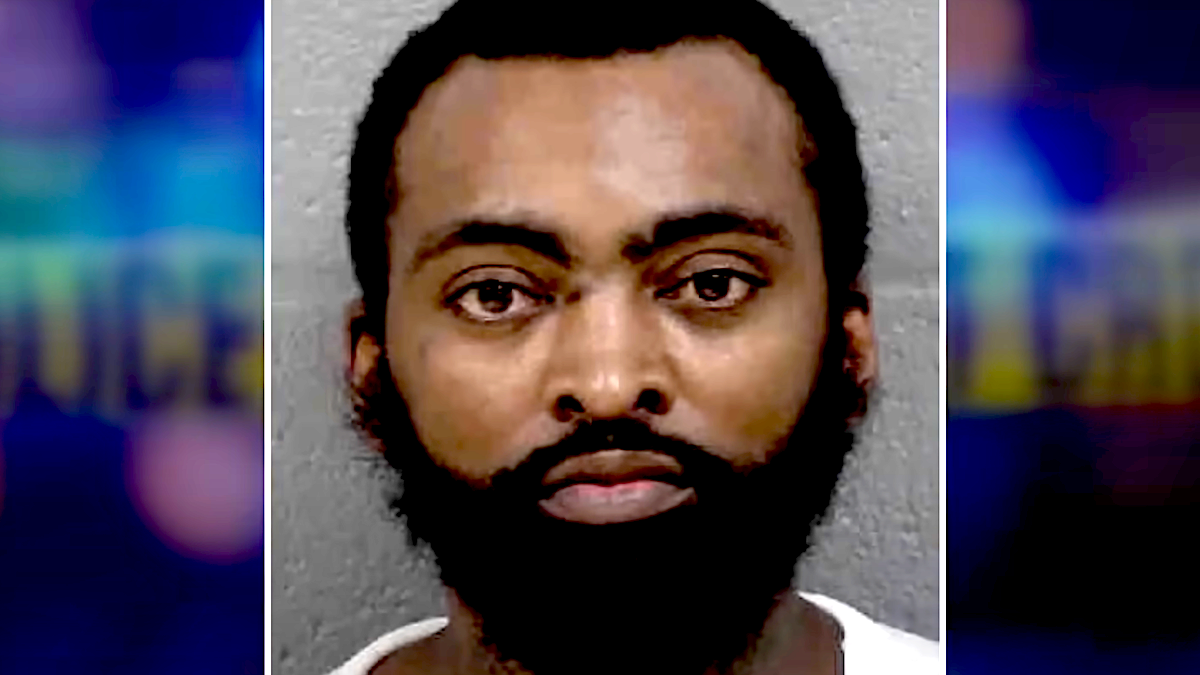
Fresh off his committee’s disastrous session with Robert Mueller, House Judiciary Committee Chairman Rep Jerry Nadler (D-N.Y.) has announced his intent to obtain access to the secret grand jury testimony taken during the Mueller investigation. It matters not that Mueller concluded there was insufficient evidence to bring charges against President Trump. He and his two-year investigation are now being disowned by ardent Democrats dead set on impeaching the president. Nadler’s hope is to uncover some testimony, however remote, that he can claim as the basis for an impeachment initiative.
It is settled law, at least within the District of Columbia circuit, that grand jury testimony is to forever remain secret, and cannot be unsealed even by order of a federal judge. DC Circuit judges made this abundantly clear in the recently decided McKeever case.
Their rationale is clear: grand jury testimony is taken without the opportunity for cross-examination or any refutation. It is taken in complete secrecy, untested and unchallenged by anyone outside the confines of the grand jury room, and under the promise that it will never be made public (except under limited circumstances not relevant to our discussion).
Nadler knows all this, so he’s either engaged in pure theater, knowing that his demands cannot be met under existing law. Or he believes that Trump is not owed any benefit of allegiance to the rule of law. Nadler and his supporters cite Watergate as the precedent for transmitting grand jury information to the House Judiciary Committee, and for the specific purpose of helping the committee decide whether to recommend a president’s impeachment.
Their reliance on Watergate as a valid precedent, however, is badly misplaced. Yes, Judge John Sirica did rule in 1974 that a secret grand jury report (known as the Road Map, since it would lead to information impeaching a president) could be transmitted to the House Judiciary Committee, a decision upheld on appeal to the DC Circuit. But documents recently coming to light show that both of those decisions were tainted by judicial and prosecutorial misconduct.
Here’s What Happened with Watergate
Here’s the inside story: Watergate special prosecutors convinced themselves that the HJC would never collect enough information to impeach Richard Nixon, precisely because they couldn’t compel grand jury testimony under threat of indictment. They resolved to find a way to transmit what they thought they had learned to the committee, and hit upon a most creative approach.
The Fifth Amendment specifically states that “No person shall be held to answer for a capital, or otherwise infamous crime, unless on a presentment or indictment of a Grand Jury.” They would claim the grand jury could issue a presentment, a totally unknown and undefined concept, that would lay out a case against Nixon. Of course, the transmittal would be sealed, so it could not be challenged or refuted by Nixon’s defense team.
Because this approach was so new and unprecedented, Associate Special Prosecutor Philip Lacovara recommended, in a memo dated January 21, 1974, that they secretly approach Sirica, before whom this would come for ruling, to convince him of the wisdom of this approach in advance. That meeting occurred on February 11, when Special Prosecutor Leon Jaworski met alone with Sirica to make the pitch, even agreeing to provide the judge a memo detailing his authority to approve such a unique transmittal.
We know this as a certainty, because Jaworski dictated a memo detailing their discussion the next day. Any ex parte meeting between prosecutors and their trial judge is highly improper, but secretly seeking out the judge in advance of a ruling that he will be called to make is completely indefensible and taints the validity of the entire proceeding.
In a complete surprise to the Watergate defendants and Nixon’s defense team, prosecutors presented the sealed Road Map to Judge Sirica on March 1, 1974. Not surprisingly, Sirica approved its transmittal. Sirica’s ruling was promptly upheld on appeal by the DC Circuit, sitting en banc.
Rigging the Outcome
But there are serious problems with that ruling, too. First, Archibald Cox, the original special prosecutor, had secretly approached the chief judge of the DC Circuit, David Bazelon, to urge stacking the appellate panels to assure that Sirica was upheld on even the most bizarre of his Watergate rulings. Second, only the Watergate defendants and not Nixon’s defense team participated in the appeal, so there was no actual challenge by the White House itself—and thus no precedential value vis-à-vis the president.
Two other observations are in order. First: While never specifically mentioned in either Sirica’s ruling or the opinion of the appellate court, the Watergate Special Prosecution Force report confirms that among the materials being transmitted to the HJC were copies of one or more of the infamous White House tapes—tapes the DC Circuit Court had ruled could be properly subpoenaed by the grand jury, but also had ruled separately could not be subpoenaed by either House of Congress, due to the separation of powers construct of our Constitution. Thus, both courts knowingly finessed an immense constitutional issue, further undermining the validity of their holdings.
Second: Finally, for all of the special prosecutors’ efforts, their Road Map proved totally ineffective. It was either too complicated or too obscure for HJC staff to follow. Out of desperation, in May and June 1974, HJC staff held a series of secret late-night meetings in the special prosecutors’ offices, where more detailed and specific grand jury information was made available.
Grand jury testimony, by law and by design, is to remain secret forever. The Watergate precedent, such as it is, does not undermine this concept. Instead, it shows why grand jury secrecy is so key to our rule of law.









